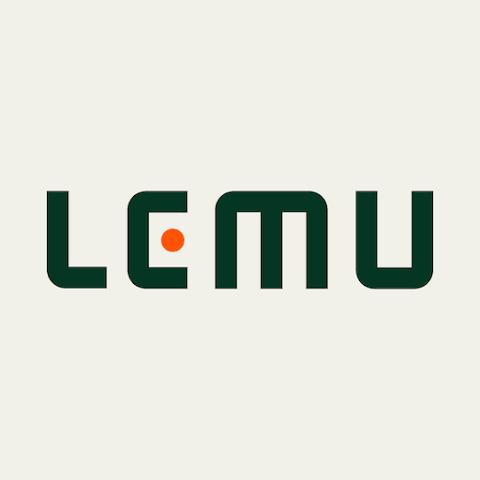Human beings have always been attracted to discovering the secrets of the natural world.
Thousands of years ago, travelers were guided by the sun and stars to know where they were and where they were going, then Scandinavian sailors used sunstones and rudimentary compasses. As the invention of magnetic compasses came along, everything quickly evolved into today’s GPS systems.
Today, we can not only discover and study nature through our eyes, but also through Earth observation, navigation and positioning technologies (the well-known GPS system), thermal, vegetation and weather mapping satellites, just to name a few. These technologies allow us to perceive what we cannot see or feel with our senses, since they cover a whole range of spectra that are invisible and intangible to human capabilities.
Curiously, we are just beginning to take advantage of technology to understand the wonderful complexity of the biosphere: nature is still a mysterious, imposing, and impregnable place.
Ecosystems such as the dense and impenetrable rainforest harbors species about which little or nothing is yet known due to its inaccessibility: even after thousands of years of expeditions, road marks, compasses and satellites, we still cannot fully fathom the magnitude of their importance in the delicate balance of life.
New technologies, new species
In general, it is scientists who are constantly discovering, studying and preserving new species in the field, but in an ecosystem as complex as the rainforest, this becomes a titanic task.
A clear example of this is the recent announcement of the discovery of a new species of opossum — “chumaihuén” or “monito del monte” as locals call them—, in the southern region of Chile, (Dromiciops bozinovici) the only living representative of the order Microbiotheria, an ancestral group of Australian marsupials. This fact would have gone unnoticed had it not been for the camera traps and satellite technologies that were installed to support scientists in the study of the Valdivian rainforest, the monkey’s habitat.
This may be a good reason, among many others, to find new ways to link technology and nature and understand them as an ally in the conservation and protection of ecosystems and all the species that inhabit them.
An Atlas of the Biosphere
From sunstones, compasses, and GPS, we learned that there is still much to discover and study, that we are just another species on the planet, and that the importance of life lies in respecting the biosphere as a whole.
We find that the ethical use of satellite technology is one of the ways we can help discover and preserve unique species on Earth, as well as collect data on ecosystems in a non-invasive way: from understanding their geographic location, to the characteristics of the soil and vegetation of habitats, to discover how a given species interacts with its environment and where its territory extends to.
“Satellite-based remote sensing data complement field data by adding three important aspects: scale, temporal resolution and speed. Satellite imagery provides us with millions of measurements across the globe and over time. This allows for a much more comprehensive analysis of ecosystems.
The possibility of near-real-time measurement also allows for quicker action in response to threats such as fires or natural disasters — for example, the monitoring of the ongoing volcanic explosion on the Canary Islands,” says Sangeetha Narayan, Product Manager at Odd Industries.
We believe that investing in conservation is the best tool to understand the power of nature, uncover its secrets, and preserve its value to tackle the environmental crisis. That’s why we developed an atlas of the biosphere: a collection of maps, geospatial data and algorithms that will help us understand and protect species ranging from the Chilean bush monkey to fungi and bacteria that still remain unknown, all part of the only living planet we know of so far.
We are looking forward to showcasing the development of our atlas, so we invite you to sign up for early access here and find out more about bringing the wild world to as many people as possible.
Let’s not waste the potential of technology, let’s not waste this opportunity to support the conservation and restoration of this irreplaceable nature.
